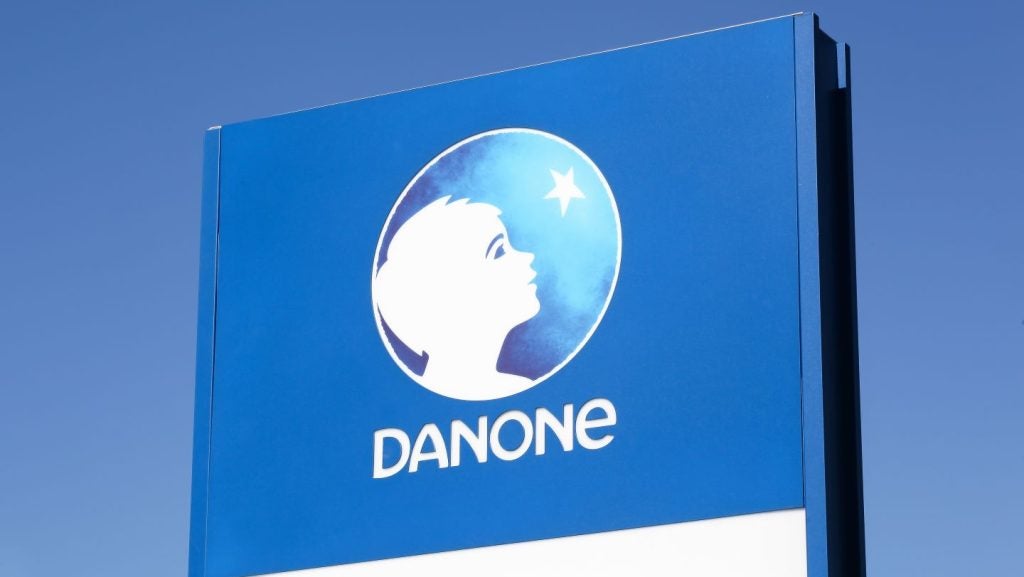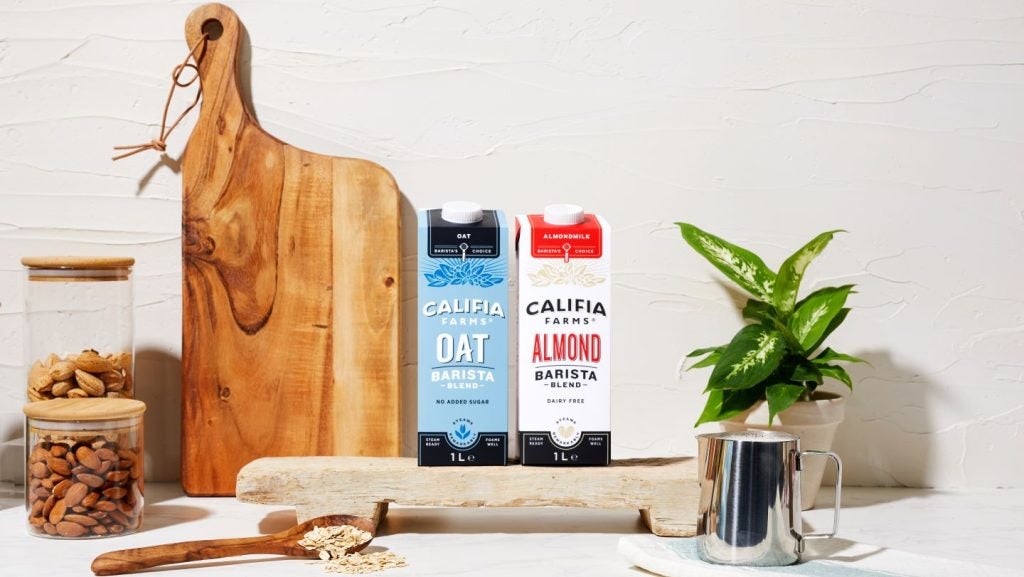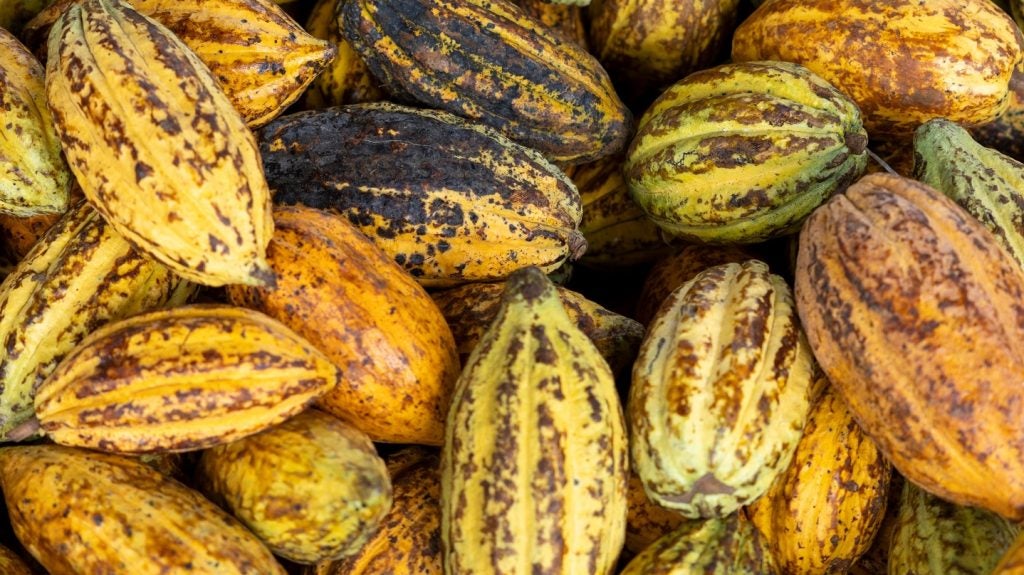Some in the beleaguered dairy industry will have taken comfort from recent signs that milk and dairy prices on the global commodities market have started to pick up. However, the question of whether this is a short term fluctuation or the start of a longer-term recovery remains contentious. Katy Humphries reports.
In 2007 and 2008, strong international demand for dairy products moved world dairy prices to record levels. The result was a jump in milk output in major dairy producing regions, such as the US, Europe, New Zealand and Australia.
However, over the past six to eight months, falling demand has left the global market for dairy products oversupplied and caused prices to plummet.
The extreme lows on the global commodities market have squeezed dairy farmers, who are simultaneously struggling with rising feed and energy costs.
With milk prices now at or below production costs, many dairy farmers are struggling to stay afloat, Ken Lyons, CEO of the South Australian Dairyfarmers’ Association, tells just-food.
“Most of our farmers are producing milk at about or below the cost of production and this is unsustainable,” Lyons warns.
Bleak as the situation seems, the past few weeks have provided some cause for optimism, Lyons says, with “most industry people” predicting a “market turnaround”. However, he adds that “nobody is sure of the timing”.
“One of the indicators that there may be an improvement in international dairy product prices was the increase in prices from the online auction by Fonterra in New Zealand last month,” he says.
Indeed, Fonterra concurs that there are some positive signs for the outlook on milk prices.
“We are seeing some early and encouraging signs of improved international dairy pricing which reflects a recent firming in market sentiment,” a spokesperson for the world’s largest dairy processor tells just-food.
The company’s globalDairyTrade online sales event saw average prices rise 25.6% to US$2,300 per tonne for Whole Milk Powder.
However, the spokesperson warns, this “one event” does not “necessarily point to a trend”. Fonterra is therefore holding its payout forecast at NZ$4.55 per kgMS for the 2009/10 season.
“Forecasting remains challenging with the volatility in the currency and dairy markets going through a rebalancing phase,” the spokesperson says.
In the US, Dean Foods recently indicated that it expects input prices for dairy products to increase.
Speaking following the US company’s second-quarter earnings release, CEO Gregg Engles said that the cyclical nature of the dairy commodity market means that, while the record high milk prices of last year resulted in an expansion of the US dairy herd, the current lows will lead to reduced milk production and, eventually, higher prices.
“The cyclical nature of the industry and poor dairy producer economics dictate that prices will eventually rise,” he predicted.
However, European dairy group Arla Foods has taken a more tentative appraoch.
Addressing 900 Danish farmers at a regional farmers event in Agerskov yesterday (24 August), Arla CEO Peder Tuborgh said that he is pessimistic about value-added product prices in the short term but optismistic on the long term.
He added that in approximately seven weeks the Arla board would know more about whether the bulk prices will increase.
“On the positive side there is optimism in the German industry in general, Fonterra’s latest milk auction suggested higher prices and Arla’s main currencies have strengthened,” a spokesperson for Arla tells just-food. “On the negative side was a 2% decrease in the yoghurt and cheese sales in Europe and the EU storage of butter and milk powder.”
In an attempt to shore up dairy prices, the EU and the US have introduced various support measures – including buying up dairy products and placing them in storage. While this has provided a floor to dairy prices in these markets, it will also delay any price increases as the market recovers as the surplus will then be sold.
Indeed, Rabobank International analyst Mark Voorbergen says, stockpiles of skimmed milk powder (SMP) in particular will slow a recovery of prices.
“Stockpiling is likely to keep prices down for quite a few months more,” he predicts.
According to Voorbergen says “a couple of very small light beams at the end of the tunnel” does not represent a turnaround of the market because milk production has not dropped and demand has not picked up.
The global economic recession has dented demand for dairy products, not only in the more price-sensitive developing markets of Asia, the Middle East, North Africa and Russia but also in established regions with an affluent consumer base and entrenched consumption patterns, such as Europe and the US.
Significantly, Voorbergen suggests, demand for dairy products is unlikely to increase until the global economy recovers.
“It is clear that the economy – which should be the main driver of demand – isn’t really any better than six months ago,” he argues.
With production still at pre-recession levels the market remains oversupplied, Voorbergen says. “We have not seen a convincing contraction of milk production, despite the really low milk to feed price ratios. If there is one thing that we have learned over last six months, despite these low returns there is at least a delay in milk production levels.”
So, unless demand increases or production falls, Voorbergen says a sustained recovery in dairy prices is unlikely. Instead, he claims, the “light beams” we are seeing are a reflection of improved market sentiment – and part of the volitility that has marked dairy prices over the last ten years.
A recovery in the dairy industry is dependent on a realignment of supply and demand. While some in the industry are optimistic that prices could rebound in the short term, others believe that the road to recovery will be longer and reliant on an improved outlook for the wider economy.






